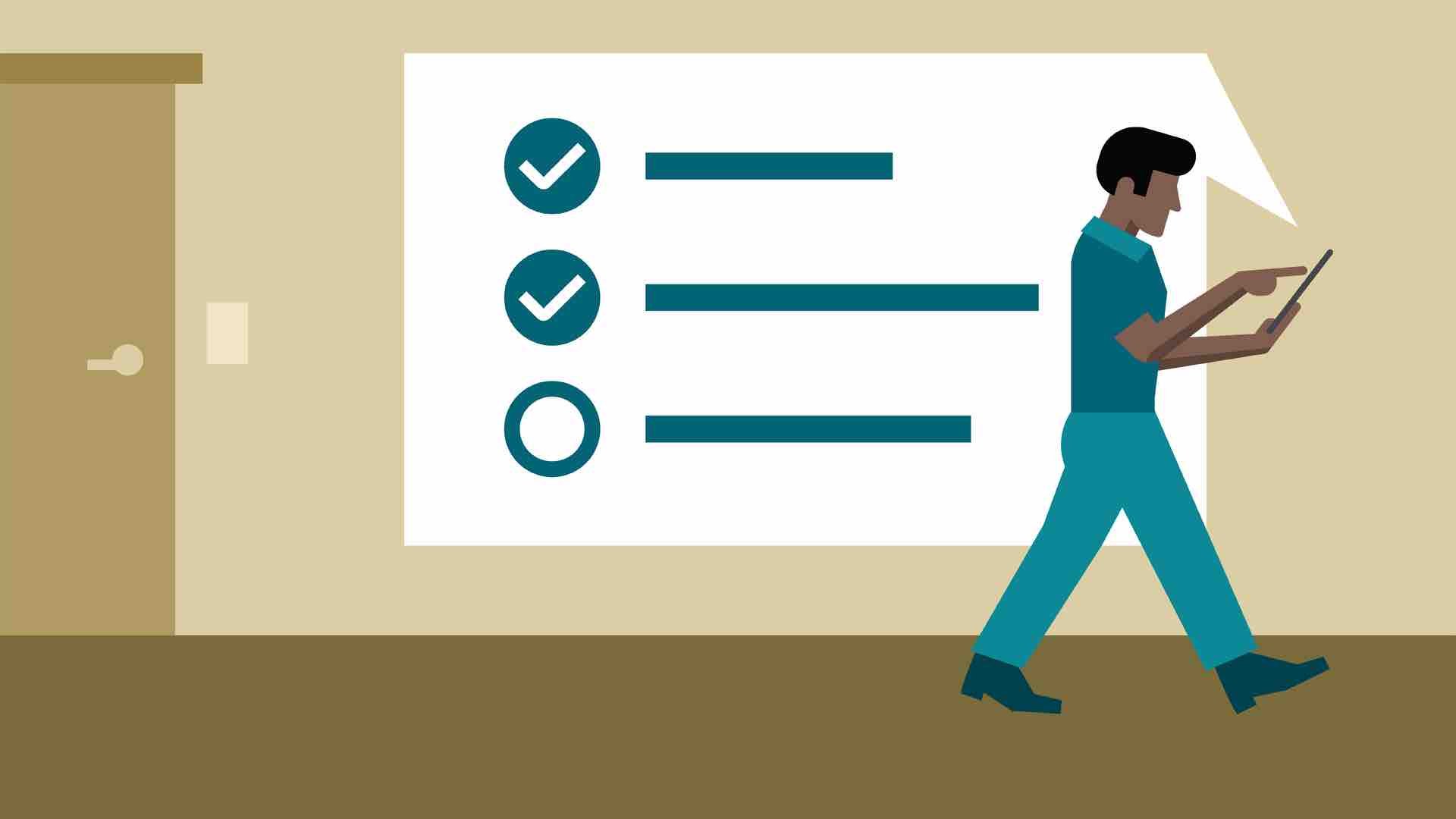The importance of Inventory Management and reduction
Every manufacturer and distributor has inventory, often making up a significant investment and considered a key factor in operating strategy. Because of its value and visibility, inventory is often the focus of cost cutting efforts and a key measure of company health.
When companies invest in software systems for Distribution Management or Cloud ERP (Web based Enterprise Resource Planning solutions), the top item on cost justification / return on investment (ROI) analysis is usually inventory management and reduction.
Does inventory deserve this prominence?
Our experience suggests that the answer is a definite yes!
Inventory truly represents a large investment of company cash and therefore should be closely managed.
More importantly, inventory serves a critical operational function, and that is its role as a substitute for time in being able to satisfy customer demand.
In distribution, having inventory in a nearby warehouse allows the distributor to deliver goods to the customer very quickly. In manufacturing, finished goods inventory allows shipment on the same day rather than asking the customer to wait until the item is produced. Raw materials and parts enable the immediate start of production when a make-to-order product is ordered.
It is important to manage such a critical resource to make the most of your company’s investment and to assure that the inventory you need is available when you need it.
There are only two basic parts of inventory management: knowing what you have (keeping track) and managing acquisition (replenishment).
Keeping track
Inventory tracking can and should be very simple—it’s just a matter of keeping a running count of what comes in and what goes out (and therefore what’s left). In modest situations where there are a limited number of items to track and relatively few activities, the inventory balance can be tracked on paper file cards or an Excel spreadsheet.
There are only two basic parts of inventory management: knowing what you have, and managing acquisition (replenishment). More complex and more active situations call for the use of inventory management software that does exactly the same thing—keeps a running count of additions (receipts) and subtractions (issues) and the resulting balance.
But inventory management software can do much more, including accurate tracking of multiple quantities of a specific item in multiple locations, tracking lots and serial numbers, recording and enforcing expiration dates and FIFO/LIFO (first-in-first-out, last-in-first-out) picking, inventory valuation, automated data collection, quality control holds, usage analysis and replenishment management, and much more.
Replenishment
The amount of inventory on-hand is the result of receipts (inventory coming in) and issues (inventory going out).
Inventory goes out in response to demand—customer orders, inter-warehouse orders, pulling parts to support production—all activities that are placed on the warehouse from outside (customers, other warehouses, or the plant). The inventory manager controls replenishment (receipts). In simpler situations, replenishment can be managed through some form of “order point” management, either formal or informal.
The order point can be as simple and informal as walking through the warehouse or stockroom from time to time and looking for empty spaces or bins with smaller than usual quantities.
Another approach is called “two-bin order point” – where the items are stored in two containers: one is used as the main supply and the other is in reserve. When the main supply is exhausted, the reserve supply is moved up to the main supply position and the empty container serves as the re-order signal. As long as the replenishment is completed before the reserve (now main supply) is used up, you won’t run out.
Two-bin order point is actually a primitive form of kanban (a common inventory control technique that uses physical tags or containers to trigger replenishment). The order point can also be computerized and is embedded in many inventory management software products such as MYOB Advanced. Computerized order point uses material usage statistics and replenishment lead times to calculate the best order point and replenishment recommendations for each item, or it can work with manually entered reorder points and safety stock requirements to recommend replenishment orders.
A Summary – Inventory Management benefits
- Knowing how much inventory you have and managing replenishment are fundamental requirements for having the inventory you need to satisfy customers and avoid disruption caused by shortages.
- Without good information and controls, you will likely have more inventory than you really need and still suffer from unnecessary shortages.
- Good inventory management pays off in higher customer service and satisfaction, lower overall inventory investment, fewer backorders and lost business, reduced disruption and lower cost of expediting.
To learn more about how you can boost your business profitability with a Cloud ERP solution like MYOB Advanced, contact our team at Leverage Technologies – visit our contact page here and we’ll be happy to help you take your first steps towards better inventory management.









Leave A Comment